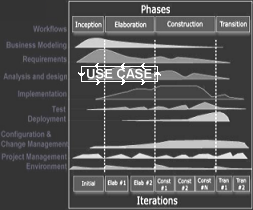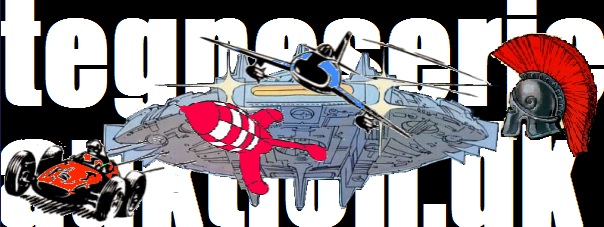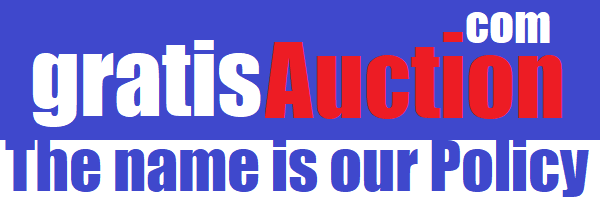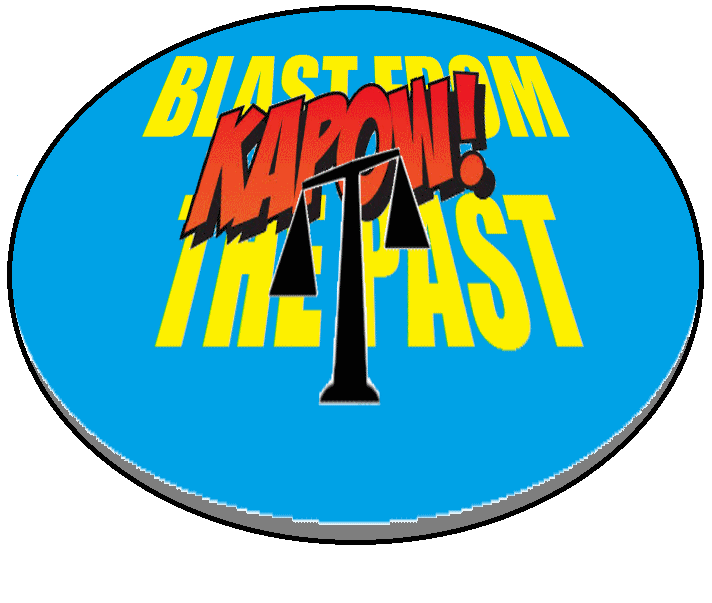Contents
Owned sites
Other sites
| | | | |
| | | |
Business Card - "helping is my business"

|
Riding the release train

As described by Alistair Cockburn the use case accounts for some weaknesses in a pure-user-story driven approach:
- defines the context
- provides sense of completeness, assuring coverage of all bases related to a goal
- mechanism for looking ahead at upcoming work
Use case complements the scrum/agile process:
| User story | Use case |
|---|
- independant
- negotioable
- busines-value-centered
- small
- estimateable
- testable
|
- desciptive
- trigger-initiated
- actor-driven
- preconditioned
- flow-focused
- postconditioned
|
A matter of definition
Several attempts has been made to define the essence of a use case defintion:
- "A use case is a narrative document that describes the sequence of
events of an actor (an external Agent) using a system to complete a process"
[Jacobsen, I.,1992, "Object-Oriented Software Engineering: A Use Case Driven
Approach].
-
UML Semantics version 1.1, Rational Software Corporation, September 1997,
specifies notation of usecases and use case diagrams as "A use case can
be described in plain text, using operations, in
activity diagrams, by a state-machine, or by other behavior description
techniques, such as pre-and post conditions. The interaction between the use
case and the actors can also be presented in collaboration diagrams."
-
UML is "a language for specifying, visualizing and
constructing the artifacts of software systems ..." according to
[Booch, G., Jacobson, I., and Rumbaugh, J. 1997. UML Specification v1.3.].
-
"They are stories or cases of using a system. Use case are not
exactly requirements or functional specifications, but they illustrate
and imply requirements in the stories they tell." [Larman, C., 1998.
Applying UML and Patterns: An Introduction to Object-Oriented Analysis
and Design.]
-
"A description of set of sequences of actions, including variants,
that a system performs that yield an observable result of value to an
actor." [Booch, G., Jacobson, I., and Rumbaugh, J. 1999. Unified Modeling
Language Users Guide]
-
Original RUP Process Architecture

|
specifies behavior for system
documenting action sequences
necessary to obtain objective for an actor
use cases organize requirements into a story of how someone may use the system
allow better completeness, consistency, understanding of
the importance of a requirement from a user perspective
|
There is a fundamental problem of working with use case: that
UML does formally includes notion of use cases and use case diagrams -
but specifications are in fact incomplete. Lacking enough specific UML
standards means that people continues to re-invent use case format notation.
This causes a lot of unnecessary duplicated effort - but more inportantly
it confuses the general conception of what is really a good use case.
USE CASE - BASIC CHARACTERISTICS
To summarize it all up...
Use cases describes how you intend to meet system/business requirements.
Use cases are stories or cases of using a system. Use cases are not exactly
requirements or functional specifications. However they illustrate and
document requirements in the stories they tell.
Use case formalizes business processes. In that respect, use
Case analysis represent an important process of gathering and specifying
requirements in the behavioral methodology.
Det sjove

|
Service til frisører
|

|
En serie auktions sites, kodet fra back-end til front-end, på Tomcat/JSP/PostgreSQL med SSL certifikat terminering på Apache webserver
|

|
Auktions sites med fokus på forretning.
|

|
|

|
|

|
|

|
Tekniske emner.
|
| |